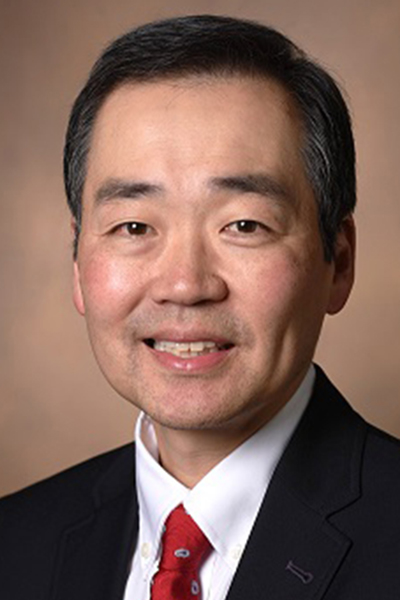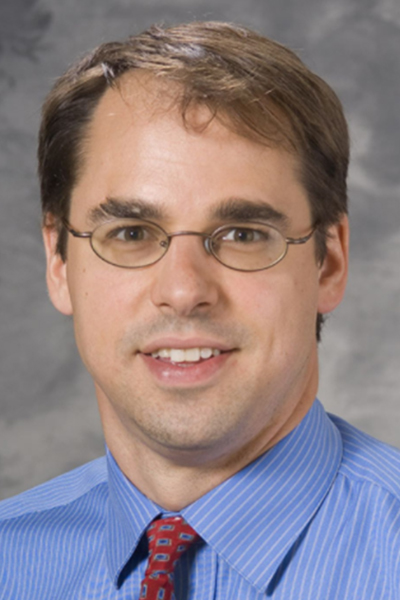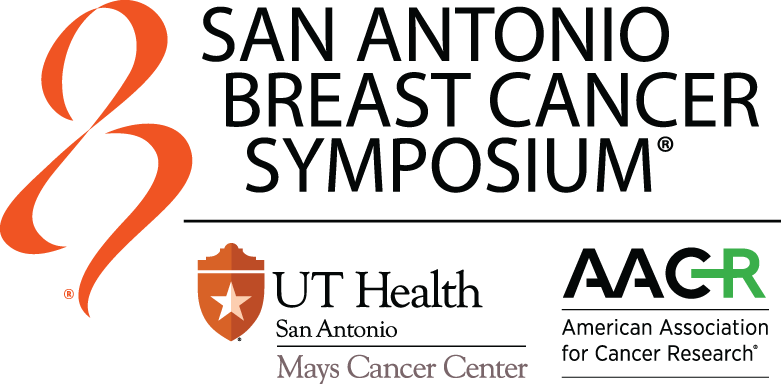
Breast cancer clinicians were among the first cancer specialists to use genetic information to guide treatment. Assessing ER/PR and HER2 positivity has become standard of care in breast cancer.
“We have a growing number of antibodies and receptor-directed therapies that can affect the outcome of disease,” said Ben Park, MD, PhD, Director of Hematology/Oncology and director of Precision Oncology, Vanderbilt University Medical Center. “We all recognize that each cancer is unique and that more precise, more targeted treatment means we can de-escalate therapy and improve outcomes.”
The key to precisely targeting treatment is understanding precisely what genetic changes are driving a specific tumor. But just as there are different types of genetic alterations that can drive tumor growth, different types of sequencing produce different information with different clinical utility.
“Most of us are doing sequencing to help our patients,” said Mark E. Burkard, MD, PhD, Professor of Hematology/Oncology, Medicine, University of Wisconsin School of Medicine and Public Health. “What you want to accomplish, the kinds of treatments you and your patient can access, drive your choices in sequencing.”

Drs. Park and Burkard explored the practical side of sequencing during the Clinical Science Forum, “Next Generation Sequencing in Clinical Practice,” on Wednesday, Dec. 9.
“Next generation sequencing (NGS) lets us sequence billions of base pairs of DNA in a time- and cost-efficient manner,” Dr. Park explained. “We can sequence one gene, a panel of genes, a whole genome, depending on what you are looking for.”
Multiple vendors offer different types of sequencing, Dr. Burkard noted. Clinicians can choose between genomic, somatic, and germline sequencing that can identify multiple types of genetic alterations. Different mutations can produce protein with aberrant function, nonfunctional protein, absent protein, and excess protein. All can contribute to cancer.
Most sequencing starts with DNA or RNA extracted from tumor tissue or circulating tumor DNA (ctDNA). Tumor tissue is generally preferred, Dr. Burkard added, although plasma is more appropriate for tumors that are difficult to biopsy such as bone metastases or to track progression following antiestrogen or other targeted therapies.
Liquid biopsies using circulating cell-free DNA (cfDNA) are the newest alternative.
Selecting a particular sequencing technology and vendor depends largely on clinical needs and the availability of different therapies. For patients in rural areas who cannot access off-label or investigational therapies, it may be appropriate to limit screening to specific variants with FDA-approved treatments such as BRCA1/2 or PIK3CA mutations.
Patients who can access off-label or investigational treatments might benefit from broader multigene panels that also identify ESR1, HER2, and Akt mutations, FGFR1 amplifications, FGFR fusions, and more.
Reimbursement is also a consideration. Some vendors, but not all, have FDA-approved technologies which are more easily reimbursable through public and private insurers.
“Great care has to be taken in interpreting these tests in terms of what is really actionable,” Dr. Park cautioned. “There are some alterations where we have very helpful therapies already available, and many more where we do not. And it is important to recognize that gene panels are testing for the more common of the known mutations, so that negative test is not a guarantee.”
SABCS registrants will have exclusive on-demand access to this and other virtual SABCS programming until March 13, 2021.

